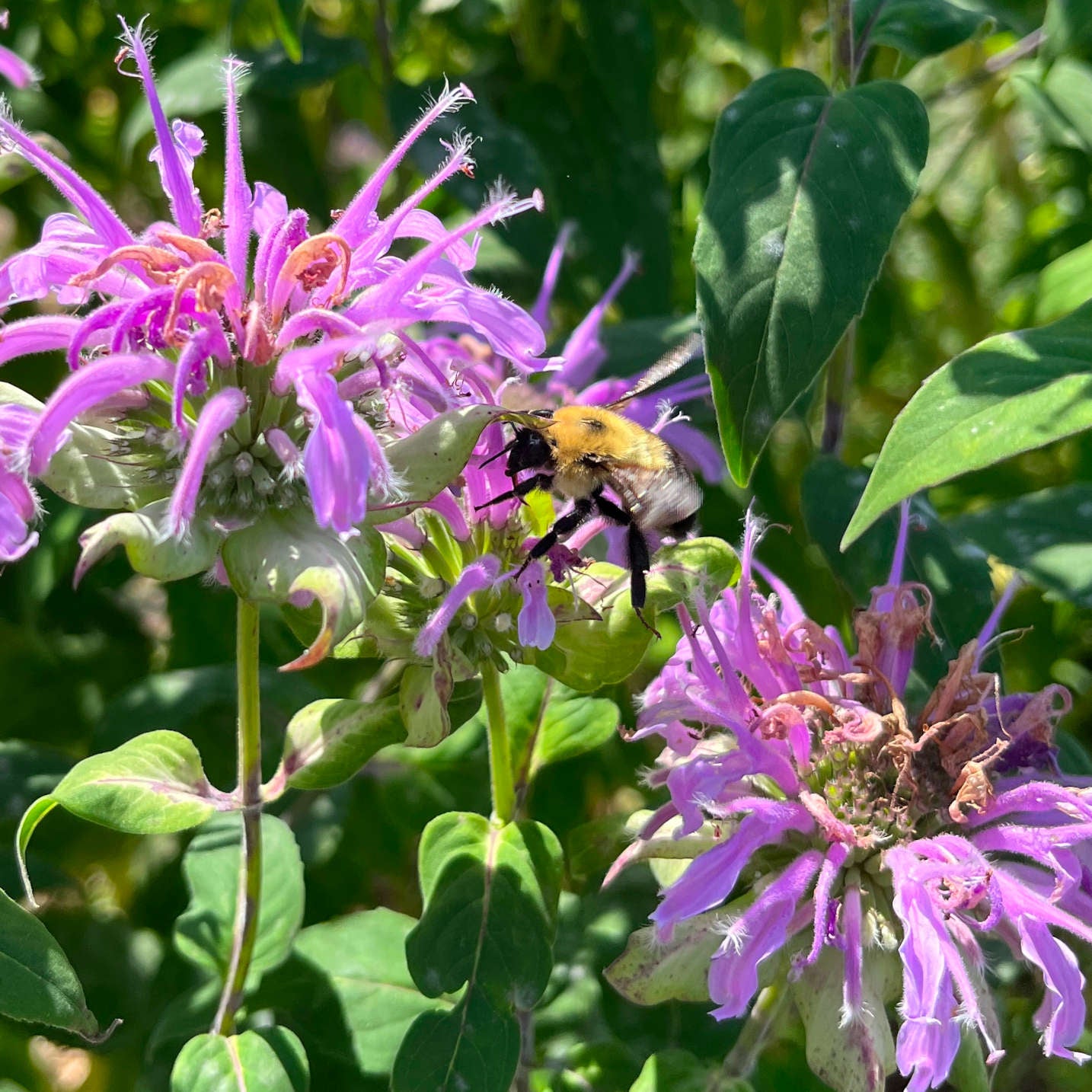
January 20, 2023
A native plant is a species naturally occurring in a specific geographic region, without human intervention. These plants have evolved over thousands of years to thrive in their environment and adapted to the local climate, wildlife, and soil. Native plants are an important part of the ecosystem and play a crucial role in maintaining the balance of nature.
Native plants are often considered the foundation of biodiversity in an ecosystem. They provide food and habitat for native wildlife, such as birds, insects, and mammals. They also play a crucial role in maintaining the water cycle and controlling erosion.
Introduced plants cannot compare to native plants in fulfilling the most critical role that plants play in nature: introduced plants do not provide food for the wildlife that stabilizes our ecosystems.
By capturing energy from the sun and storing it through photosynthesis, plants are at the base of all terrestrial food chains on the planet, as well as the majority of aquatic ones. But animals can only benefit from the energy captured by photosynthesis if they can eat the plants or eat something that has eaten the plants. And here's the catch: insects are the animals best positioned to transfer energy from plants to other animals, but unfortunately, most insects are very picky about the plants they eat.
Indeed, 90% of herbivorous insects are what we call specialist insects, meaning they only eat one or a few plant lineages. And since this relationship results from thousands of years of coevolution, the insects of a bioregion will only have relationships with plants that are native to that region.
When we use introduced plants in our landscapes, or when an invasive and exotic species takes over an area, an ecological void is created.
A good example is that of the phragmites, or common reed, an invasive and exotic species that has taken over large areas of North America. In its native European region, the phragmites feed over 170 species of insects. But after hundreds of years of spreading in North America, only five species of insects use it as a food source here.
Well, no one here wants to plant phragmites in their yard, right? But even today, most of the plants found in nurseries are introduced plants. Although not all have the potential to become invasive, these plants contribute little to nothing to our ecosystems. So, we might as well use the available space to grow plants that are both beautiful AND useful.

Lophocampa maculata feeding on gray alder
Among the many other benefits of native plants are:
- Native plants are adapted to the local climate and soil conditions, making them more resistant to diseases and pests, and they require less water and fertilizer.
- They are often easier to maintain than non-native plants.
- Native plant gardens can also help preserve endangered species.
- Native plants are also often used in conservation efforts to restore natural habitats and biodiversity.
- Finally, native plants offer a beautiful, natural aesthetic to your garden.
However, despite their many benefits, native plants are threatened by human activities. Habitat destruction, urbanization, and the introduction of exotic species have led to a decline in the populations of many native plants. This decline can have a cascading effect on the ecosystem, as the loss of one species can lead to the loss of many others that depend on it for food or habitat.
Conservation efforts are needed to preserve native plants.
Nevertheless, the conventional conservation approach that still prevails today, which I call exclusionary conservation (parks, nature reserves, controlled harvesting zones, etc.), has its limits. These “exclusion zones” often have limited areas, are isolated from each other, and represent only a small portion of the land, especially south of the 49th parallel.
These conservation zones can have enormous benefits, such as serving as a genetic reserve for the native fauna and flora of a region, but more initiatives will be needed to ensure the protection and restoration of natural habitats and control the spread of exotic plants.
As mentioned by Fanny Deschênes in her Master of Environment thesis, “Although Quebec has reached its target of 17% of protected terrestrial area, this is located almost entirely north of the 49th parallel, while the majority of biodiversity is found south of the province, where land tenure is mostly private.” (Our translation)
This is why I am so fond of Doug W. Tallamy’s writings, which advocate for an approach focused on promoting the use of native plants in landscaping and gardening.
Thus, it is only by intervening on private lands, whether in rural areas, suburbs, or cities, that we can collectively have the necessary impact to reverse the biodiversity decline.

